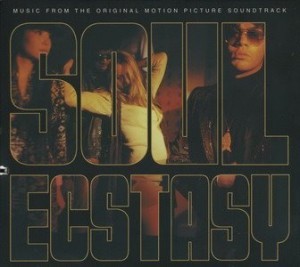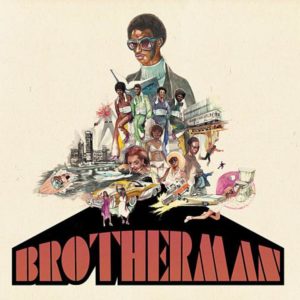COLUMBIA, S.C. — It’s Monday morning in a classroom at the University of South Carolina. A small group of students is talking about the latest movie to open over the weekend. “I just can’t help but be critical if it doesn’t stay true to the story,” says a student from two rows back. “Whether something stays true to the book or not doesn’t bother me,” chimes in another before the professor calls the class to order.
It’s a routine exchange played out probably a hundred times a week in English classes across the land. But this isn’t “Great Books of the Western World” and the movie the students are discussing isn’t the latest bestseller-turned-movie-house sleeper. This is Comic Book Class, or as it’s officially called on the syllabus, “Comic Books, Race and History.” And the film the students are discussing? “X-Men: First Class” — one of six movies based on a comic book planned to open this summer.
What’s going on in publishing? Are comic books becoming more accepted by mainstream reading audiences? Qiana Whitted, the professor for the class, certainly thinks so. “I think the popularity of the movies (based on comics) has had lot to do with it. It’s a way to take in the characters we’ve all grown up with, characters that tell classic morality tales. And they’re using big-name stars to do it, so because of that, it’s exploded.”

But don’t let the subject matter fool you. While the topic of superheroes like the X-Men (Whitted is an admitted fan) does come up on occasion, you won’t find a single issue of “Batman,” “X-Men” or “The Avengers” on the class’ syllabus. What you will find are handsomely bound volumes like “Aya” by Marguerite Abouet and Clement Oubrerie set in the 1970s Ivory Coast of West Africa or “Bayou” by Jeremy Love, about life in early 1930s Mississippi.
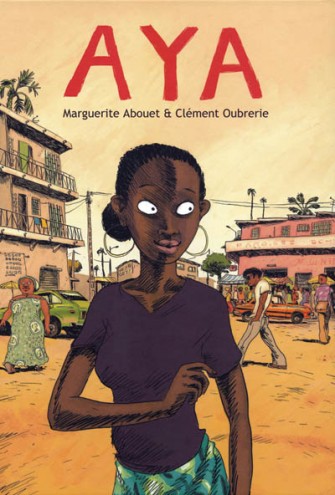
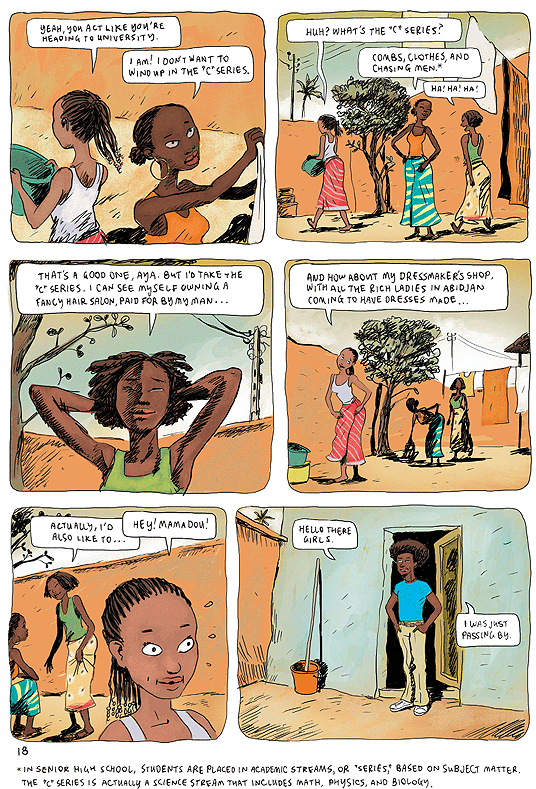
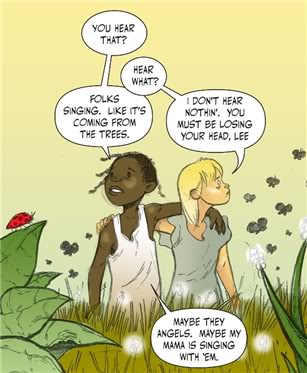
Students in Whitted’s class pore over and deconstruct the books in as serious an academic manner as one would analyze Dostoevsky’s “Crime and Punishment” or Joyce’s “Ulysses” (both of which, by the way, have been turned into graphic novels). “We talk about the visual language, the iconography. You have to do a lot of mental work to piece together what is going on between the written and the visual,” says Whitted, who began teaching the class as a Maymester course in 2005. Since then, it has grown and evolved; she has taught some iteration of the class — whether it’s been “Comics and American Culture” or “Comics and American Censorship” — at least once a year.
“There are a lot of people who still think it is limited to the superhero genre … but the case that I make in the class is you can use comics to tell any story.” Chris Foss, owner of Heroes & Dragons in Columbia, says he can remember when there were all of five graphic novels — as comic books’ lengthier counterparts are often called — in the early ’80s.
“But of course, now they’ve taken off. … We treat graphic novels as books.” In fact, Foss plans to revamp his store’s layout, which includes thousands of used and out-of-print books in addition to comics, to include graphic novels on the same shelves as traditional books. “And graphic novels have allowed (comic books) to cross over. The old-school comic book shop has adapted to the graphic novel.” And while he says sales numbers aren’t exactly “blowing the roof off anything,” he has seen an increased interest in both comics and graphic novels in just the past decade — a period known in the industry as the “Modern Age” of comic books. In fact, until recently, most industry experts considered the billion-dollar industry to be recession-proof. Industry giants like Marvel had been watching revenues for their print business grow into the double digits until about 2008 when the economy began to slow.<
“But it really started in ’89 with that first ‘Batman’ movie,” says Foss. “‘Batman’ was the first movie that really created a big sensation and the first movie that people realized they could make money off these things and the merchandise, of course.” And while Hollywood has learned how to cash in on the superhero-taking-on-the-villain plotline, both Whitted and Foss say there is more to comics than guys running around in tights throwing death rays.
“You have a lot of libraries and secondary-school teachers who are finding they can use comics and graphic novels to attract young readers to a subject,” says Whitted. On the school level, for example, graphic novels have been used to portray everything from great moments in American history to the science behind diseases.
Kim Finney, a seventh-grade English language arts teacher, says they can help jump start a conversation about other forms of reading.
“Sometimes a novel will have a graphic novel spinoff so if I see they’re reading the graphic novel I’ll say, ‘Did you know there is a book that goes with that?” And while she’s OK with her students reading them in the classroom, she doesn’t think they have replaced traditional novels by any stretch of the imagination.
“I don’t have a problem with them reading graphic novels in my classroom but I don’t want all of their reading to be graphic novels,” says Finney, who does admit that the books can help to create “a like” of reading. “Especially for those students who don’t like reading in the first place. It helps to trick them into reading because they think they’re getting away with something by reading a comic book.” Local comic artist Jay Potts says the format has helped him to overcome “creator’s block” and is helping other artists break out of traditional molds. “There are a lot of artists out there that are really escaping the superhero genre and doing all sorts of great work,” he says. “There is more great work being produced now than in the last 20 years.”
Potts’ own Internet strip “World of Hurt” was inspired by the “blaxploitation” films of the 1970s (think “Shaft,” “Trouble Man” and “Superfly”). After first setting out to do something “fun but serious,” he wound up with a decidedly more “straightforward” plotline — a detective story featuring a black protagonist, something that’s always been a bit elusive in the comic book world.
Potts, who was a recent guest speaker in Whitted’s class, says this wasn’t typically how the subject was handled. “There are people out there that do black exploitation themes but their approach is usually more humorous … there is respect to it, but it’s more humorous,” he says. “So I thought not that many people had approached it this way, in a current way.”
And while the majority of Potts’ work has been mainly for an online audience with one strip released each week, “World of Hurt: The Thrill-Seekers” will be released in graphic novel form later this month. “People have really enjoyed the longer story lines and seemed to be hungry for that format. I think it takes people by surprise when I say it’s the Internet’s No. 1 blaxploitation web comic but that’s done mainly to be bombastic, to bring people in. Hopefully they will see that it’s compelling, it is serious and there is a narrative they can follow.”
Source: The Seattle Times and World of Hurt






